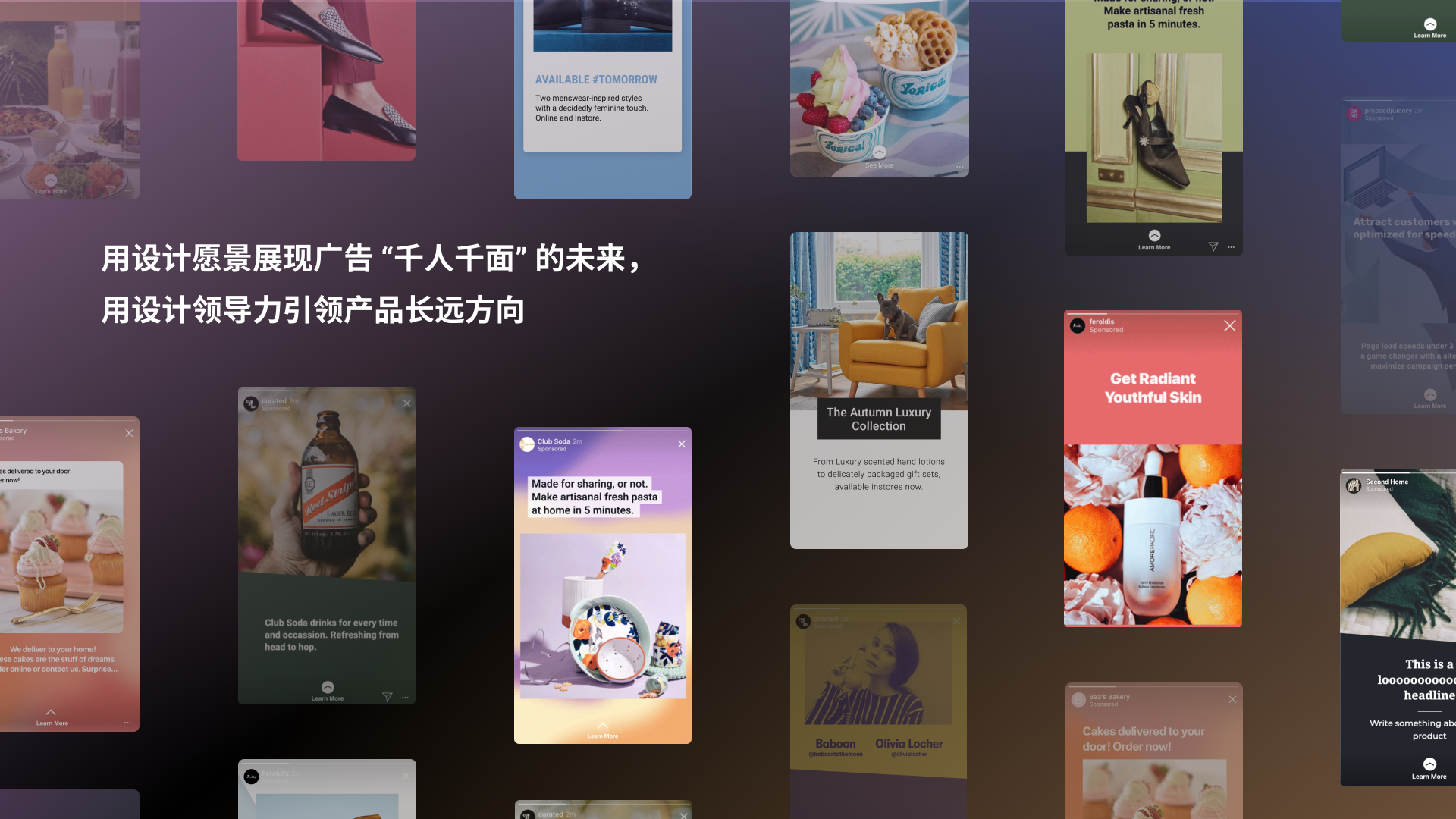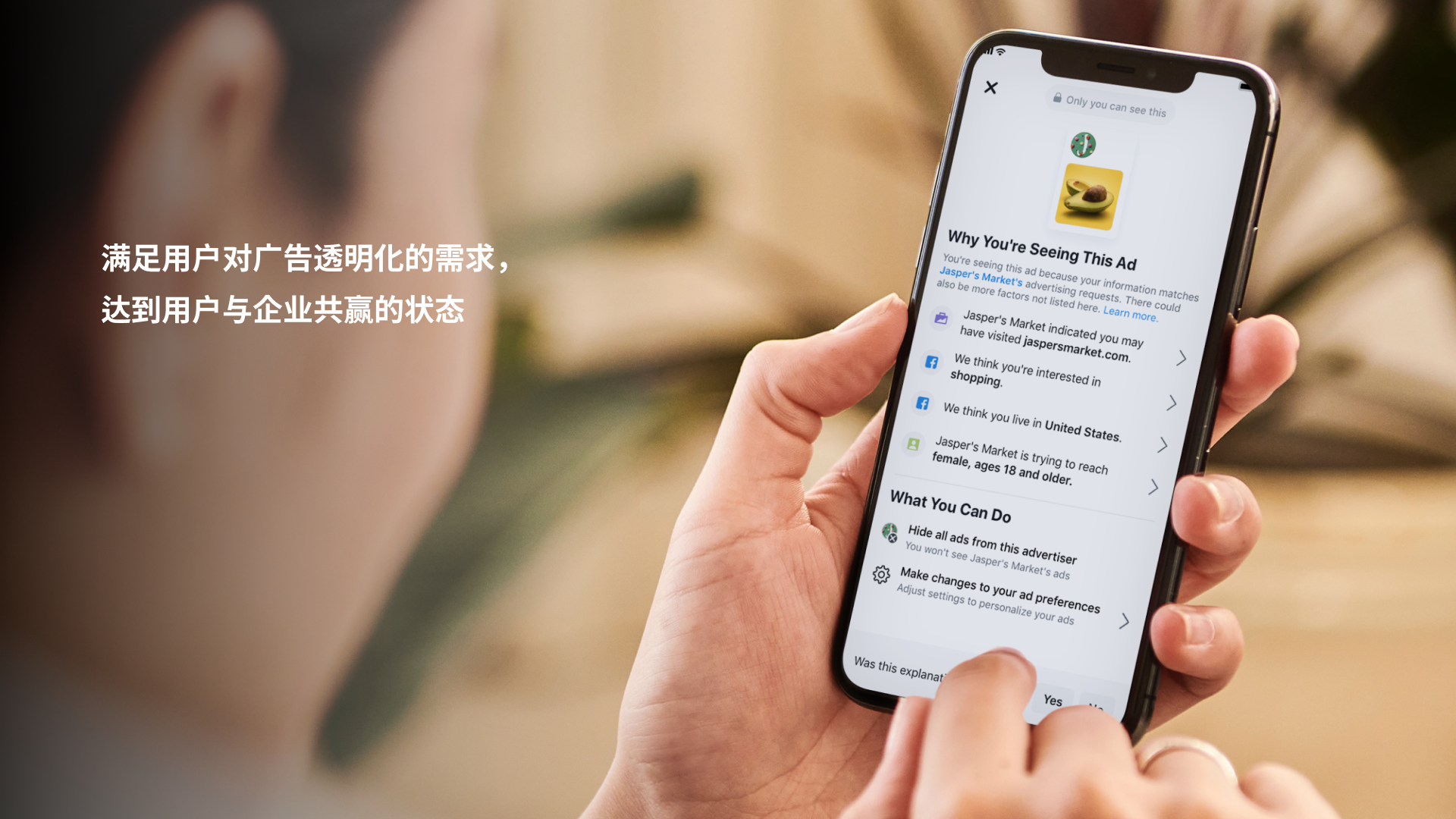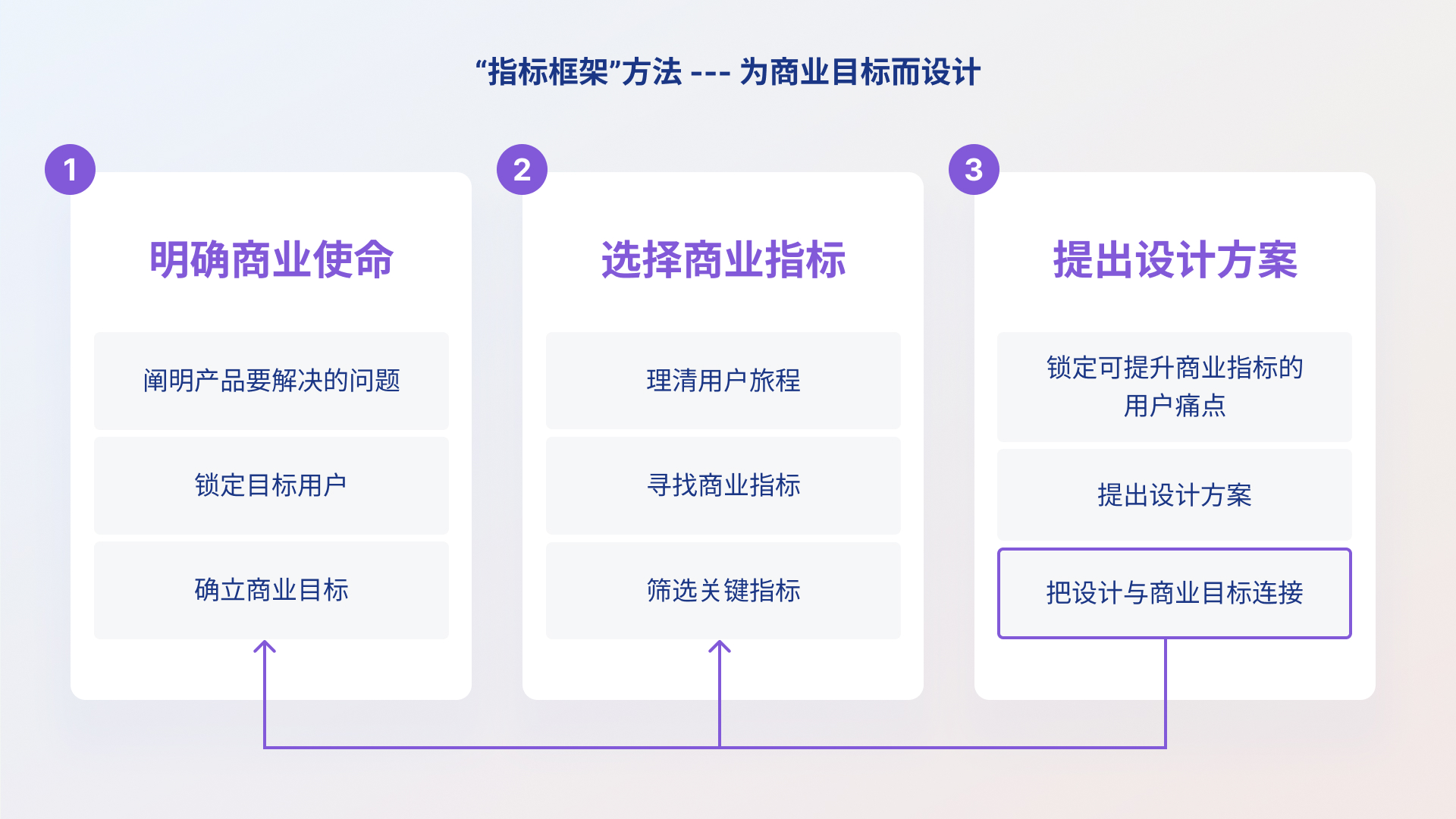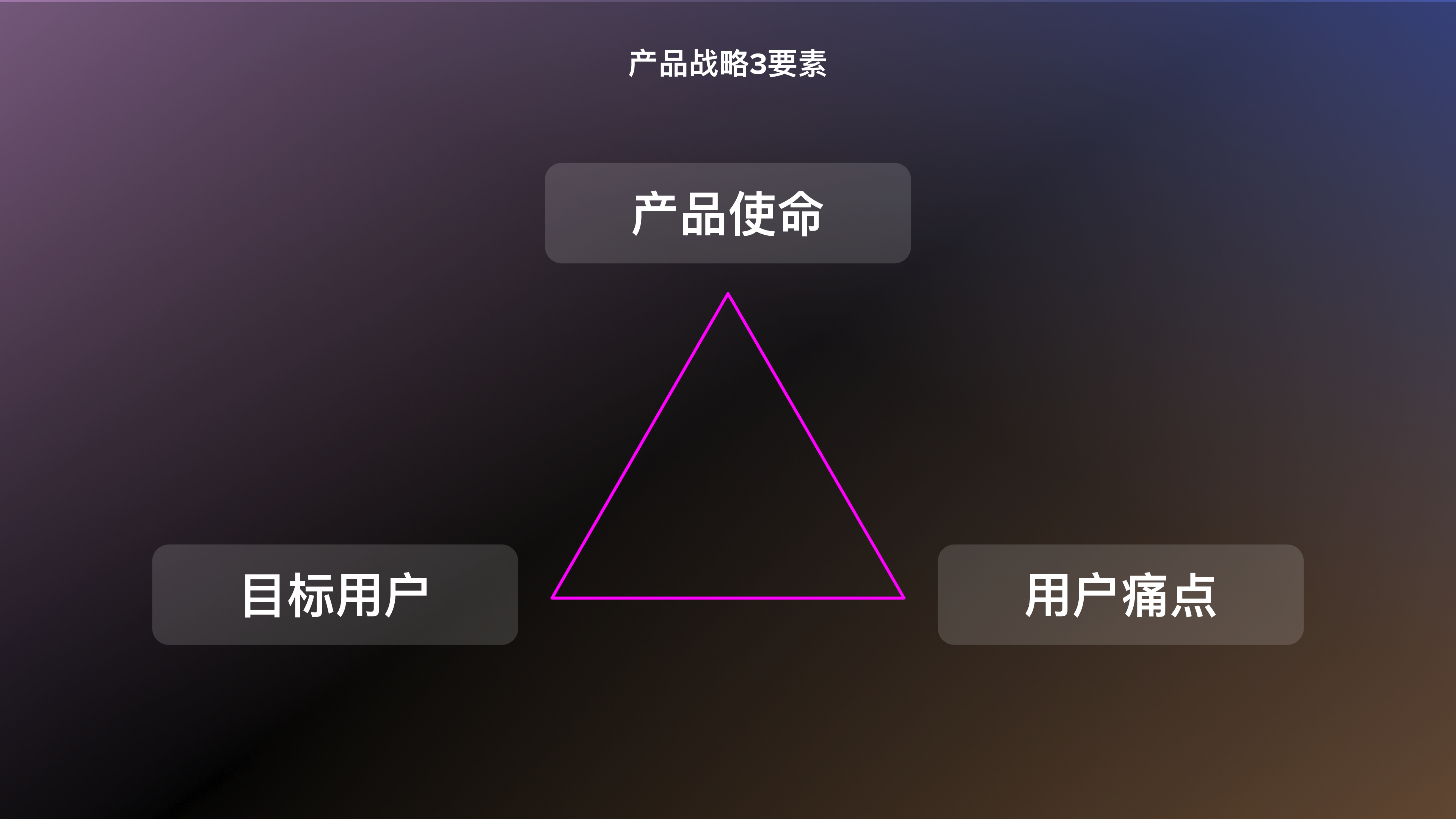-
 Xue Yutong
Meta (Facebook)
Staff Product Designer
Xue Yutong
Meta (Facebook)
Staff Product Designer
Currently, I work as a senior designer in Avatar Department of Facebook MetaUniverse. I lead the production and user experience of Avatar on Facebook app, involving Avatar Editor, Avatar stickers and other products. Since 2017, I've worked on design and research for Android phones, watches, Facebook Workplace, and many other enterprise products at Google and Facebook. At Facebook, I've led a number of projects on improving team effectiveness and product quality.
Design philosophy: The belief that good interaction design is based on a user-centric approach and a comprehensive consideration of each process in the user experience journey.
Design for Business Objectives - Uplevel Your Design Leadership
As the importance of user experience for digital products continues to increase, the status of UX design also continues to increase. To maximize design leadership, the scope of design skills also needs to broaden. From my experience transitioning from a product designer to product manager in Meta (Facebook), I observed that the lack of business skills is a critical blocker for many designers to push design-led projects forward. Designers focus on creating user values, whereas business decision-makers care about the business values that come from user values. If designers do not speak the business language, they would not be able to effectively persuade decision-makers.
In this workshop, based on the above skill gap, we will share how we connect designs with business objectives in Meta (Facebook) to drive projects with effective design leadership. We will introduce a “Metric Framework” approach and combine it with specific case studies to demonstrate how it can be used on real products. Workshop participants will have hands-on experience to practice using the framework.
Workshop presentation content:
1. Introduce workshop background: Why designing for business objectives
1.1 Discuss what design leadership is
1.2 Show the importance of business skills for design leadership
1.3 Demonstrate ineffective vs. effective design leadership using an example (Meta Marketplace*)
2. Introduce the "Metric Framework": A practical method to design for business objectives
2.1 Overview of the "Metric Framework"
2.2 Introduce the "Metric Framework" through a case study
· Case background: Introduce Meta Marketplace
· "Metric Framework" step 1: Clarify the business mission
· "Metric Framework" step 2: Select the business metrics
· "Metric Framework" step 3: Propose designs that can impact the business metrics
3. Deepdive on "Metric Framework" step 1: How to clarify Marketplace’s business mission
3.1 Clarify user problems
3.2 Analyze and prioritize target users
3.3 Choose a specific business goal based on the stage of the product
4. Deepdive on "Metric Framework" step 2: How to select Marketplace’s business metrics
4.1 List key steps in the user journey
4.2 Brainstorm metrics for each step
4.3 Prioritize and select key metrics
5. Deepdive on "Metric Framework" step 3: How to propose designs that impact Marketplace’s business metrics
5.1 Identify user pain points related to business metrics
5.2 Propose designs that can impact business metrics
5.3 Connect the designs with business metrics to demonstrate value
6. Introduce more case studies + interactive activities: Help participants better understand the method through more examples
6.1 B2B case: Show the framework analysis for Local Ads (Meta ad product to show localized ads)
6.2 B2C case + interactive activities: Complete the framework analysis with participants for Patch Plants (A UK plant e-commerce business)
*Meta Marketplace is an e-commerce platform, where Facebook users sell and buy second-hand items. It is similar to “咸鱼” app in China.
1、Introduction: ice-breaker and workshop background
2、Methodology: how to design for business objectives using the "Metric Framework" approach
3、Case studies: examples on how to use the methodology
4、Interactive exercises: hands-on activities to use the methodology
5、Q&A: open discussions
1、Mid-level Interaction Designers, Product Designers, and User Experience Designers
2、Product Managers
3、Professionals interested in enhancing their design leadership skills
1、Learn how to use the "Metric Framework" approach to design for business objectives and uplevel design leadership
2、Learn how to effectively persuade decision-makers outside of design
3、Learn commonly used business metrics for user experience
-
 Use design vision to guide product future
Use design vision to guide product future
-
 Increase ads transparency: Fulfill user transparency needs to achieve business ad values
Increase ads transparency: Fulfill user transparency needs to achieve business ad values
-
 Scope of design leadership skills
Scope of design leadership skills
-
 "Metric Framework" - Design for business objectives
"Metric Framework" - Design for business objectives
-
 Discover product opportunities though user-centered approach
Discover product opportunities though user-centered approach
-
 3 key elements for product strategy
3 key elements for product strategy








